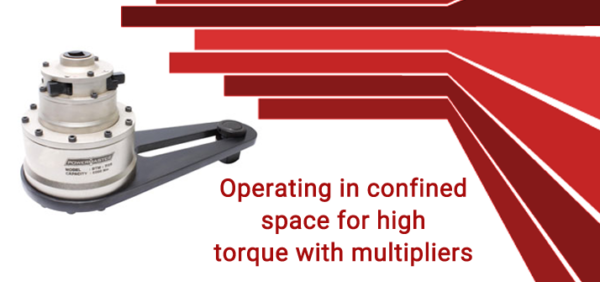Last updated on March 4, 2017
In many industrial devices, the need for high torque is present. In such situations, one uses a torque multiplier to attain the needed torque. At times, this need is felt for just turning bolts and nuts, or other parts of a machine.
One essential part of the torque multiplier is the cheater bar. This the extended handle which is leveraged and this takes the place of the gear reduction which is normally used. When faced with a failure value due to any catastrophic event, they use the leveraged handle. In majority of the cases, one only needs a fraction of the torque pressure to drive the tool and so it becomes an economical and safe choice.
Instances of application
In places where the impact wrench driven by compressed air is not available because the area is in a remote location or due to cost considerations, these manually driven torque multipliers become indispensable. Another instance is the automotive repair shop where one needs to tighten or loosen bolts and nuts often. Equipment used for maintenance or in construction projects too come under the scope of this application.
When you have space limitations and need a large torque, you cannot use the long handle. Since one cannot use the cheater bar, we use this since we need to use less effort and the lever length needed is lesser. Also, the accuracy of the torque is more due to reduced distance computations. The action is smooth and steady which results in high efficiency and long life.
Principle of operation of the torque multipliers
One can easily understand the concept in this way. The power input makes the torque and the work done in turning the nuts and bolts will be the power output. One can never have a higher value for the power output. This means the leveraging helps you reduce the number of turns you must make to achieve the same power.
The use of an epicyclic gear system helps increase the torque by a factor of 5 at every stage of the gearing. This can go up step by step to 25:1 or 125:1 depending on the need. A central sun gear takes up the input torque. The sun gear includes 3 – 4 planet gears which rotate in conjunction with the sun gear. The outside casing of the sun gear also engages in the planet gear teeth. They make the teeth rotate in the opposite direction.
The annulus will not rotate because a reaction arm prevents it. Therefore, the planet gears rotate around the sun. The carrier holds the planet gears together with the square drive output. When the reaction arm does not engage, the output square will not output torque.
Advantages in use
We see many uses for deploying the torque multipliers. One predominant reason is safety. Use of long levers can result in dangerous accidents. Next, you can cut down the space drastically. This helps if your work area does not allow adequate movement. And last, you get accuracy in the work which matters most.














Be First to Comment